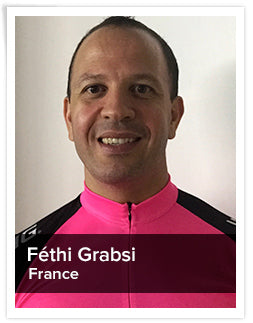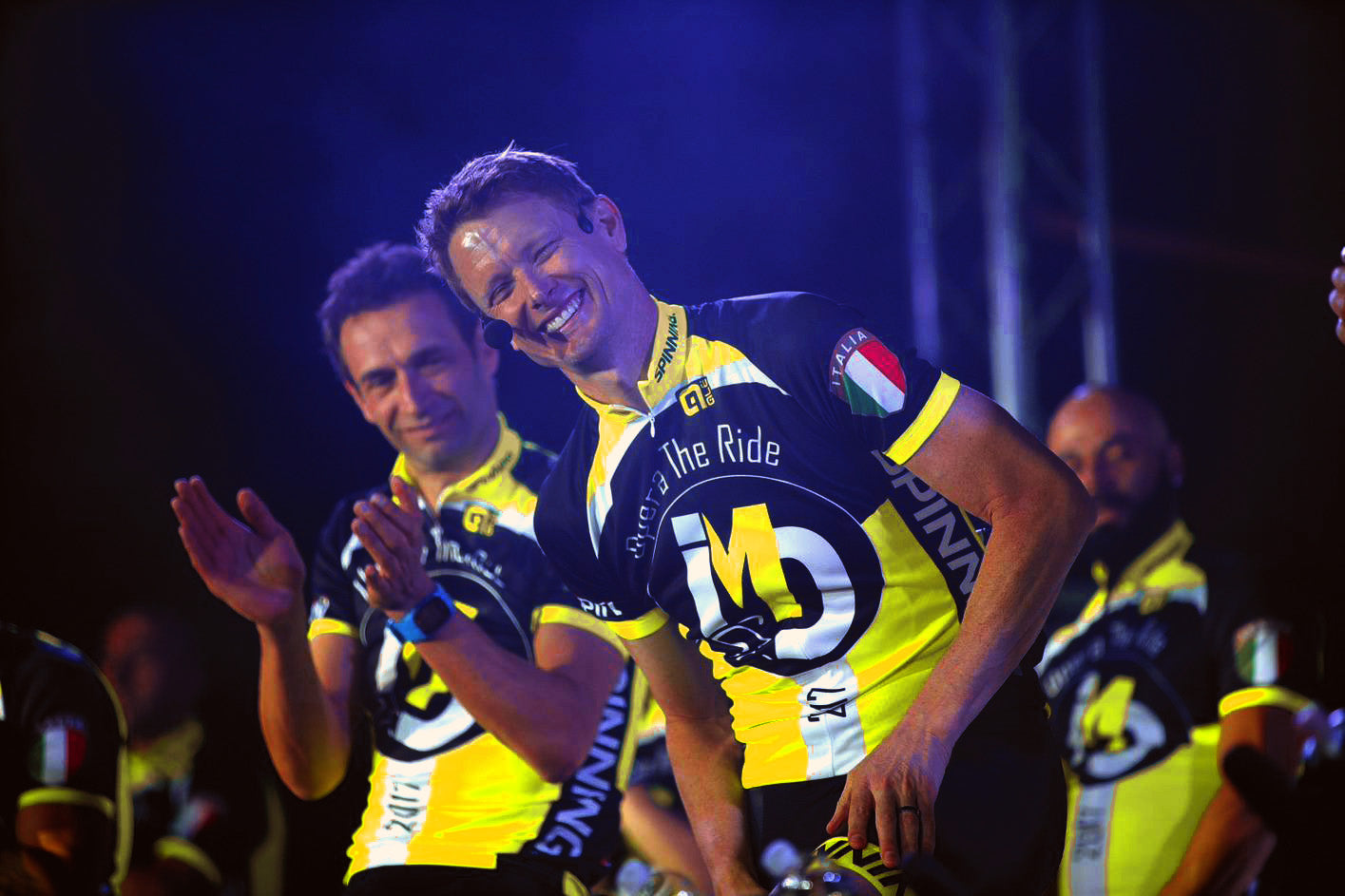Spinning® empowers every one of its instructors to attract and retain students. Part of that process is finding your unique voice and style. Here’s how!
During the fitness boom of the early 1980s, group classes centered on the level or ability of the intended audience, such as beginner, intermediate or advanced. While this required specialization in training certain populations, fitness – and especially Spinning® – should be for everybody. Today, nearly every studio, gym and health club in the world offers classes for all abilities. As an instructor, you should be proficient in coaching all levels because it’s an essential step toward attracting and retaining new students.
This means cultivating a style and personality that appeals to every kind of rider, whether they are walking into their first class or coming to your studio with years of experience. So how does this process start?
It’s simple; just be yourself! You’ve already garnered career success by following your passions and staying true to your character. But that’s just the first step toward gaining a following in the fitness world. Here are some other tips to determine what coaching style works best for yourself and your students.
Finding Your Style
The quickest way to find what works in your coaching is feedback. Based on your class experience, you can probably surmise what cues, terrain and songs are most effective based on your students’ responses. But it’s always invaluable to ask your riders or fellow instructors what they liked or didn’t like about a particular ride. Maybe they have some suggestions for different song choices that will really enhance the terrain or intensity you’ve chosen. Or maybe they can recommend some moments of silence or some more powerful cues that will really help them concentrate on the challenge ahead.
To gain even more insight into your tendencies as an instructor, you can take an enneagram exam or a Myers-Briggs test. These two tests endeavor to define your personality type and how you behave in certain situations.
Widely used across all kinds of businesses, an enneagram breaks down a personality into nine types, such as an “individualist,” “loyalist,” “challenger” or “peacemaker.” Each type has specific characteristics like fixations, fears, desires and virtues. There are dozens of enneagram tests that can be completed online, and they can be helpful in terms of assessing your behavior and relationships to your students and coworkers.
Along similar lines, the Myers-Briggs Type Indicator also tries to separate the complex field of personality into four categories. Based on the conceptual theories of Carl Jung, the Myer-Briggs test defines these categories (or “dichotomies” as Jung described them) as either intuitive or sensing, feeling or thinking, introverted or extroverted, and perceiving versus judging. Your personality is then coded into four letters depending on your results.
While these two personality tests attempt to define your traits and relationships, your personality type will not necessarily comport to this behavior in every situation. For instance, you may fall into the “individualist” category of enneagram, but act like a “loyalist” in a different setting. And while these two tests strive to define your personality type, they are not an assessment of your ability. A person who is defined as introverted in the Myers-Briggs test is just as capable of inspiring an entire Spinning® class as an extroverted instructor. So while they do not define your behavior or skills in every instance, these quizzes offer a quick and fun ways to examine your personality and how you can better reach students.
What You Should Bring to Class
Regardless of your style or whoever appears in your class on a particular day, there are three things that you need to bring to every ride. These aren’t the physical items you need for class, like a towel, water bottle or cycling shoes. Rather, they are the knowledge, skills and motivation that attract new students to class and keep them coming back for more.
Science Knowledge – No matter what your riders’ likes, dislikes, styles and music preferences are, one thing remains the same; all of your classes must be based in sound, science-backed exercise strategies. This means abiding by the nine movements, four hand positions and five Spinning® Energy Zones®. If any new students ask why or why not we may be doing a certain movement or pedal at a certain cadence, you should be prepared with an answer that explains the rationale, namely keeping students safe and ensuring that they effectively reach their fitness goals. You can come to class ready with a ride profile that is both fun and useful, no matter what the students’ goals are or what their experience is with indoor cycling.
Superior Communication Skills – Crafting an exceptional ride with the right music, movements and motivational cues is paramount for drawing new riders to class. But creating a great ride and delivering that ride are two very different skills. For that, you need to come to class with superior communication skills, honed by practicing good speech vocalization and technical microphone skills. You should practice good enunciation, projection, and tone in every social setting, while also familiarizing yourself with your studio’s microphone setup. This way, you can ensure that students will understand and absorb all of your safety information and motivational cues, which will guarantee a great class experience.
A Desire for Educational and Professional Growth – As our understanding of health and exercise science evolves, so does the fitness industry. Spinning® instructors must keep up with the latest standards, practices and trends in the realm of health and exercise science. Pursuing various educational opportunities (like Spinning® continuing education workshops and online courses) and specializing in new areas (like working with populations as diverse as active older adults or performance athletes) will help you expand your knowledge base and open your minds to creativity. The new Rockstar Spinning® Certification is dedicated to taking your creativity and cultivating a great class experience so that you can become a true standout instructor.
The key to successful instructing is to know your style and learn to grow within it. Keep in mind that while there may be many differences among your students, between age, experience and goals, there are fundamental aspects of coaching that we must bring to every class. We should always come to class with a profile that is based in sound scientific strategies, as well as superior delivery skills so that our cues and direction are understood. And finally, it takes a desire to always grow and improve in our instruction. It is these qualities that will help you attract and gain a new following of dedicated riders.
This article was contributed by Lisa Hamlin – Director of International Education Programs, Mad Dogg Athletics Inc.





Leave a comment
This site is protected by hCaptcha and the hCaptcha Privacy Policy and Terms of Service apply.